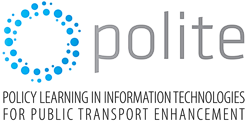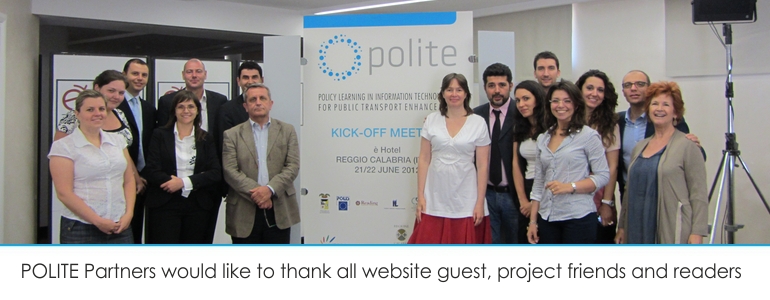- Topic of the practice - The use of FCD as sensors in monitoring traffic in real time required the study and development of a new scalable architecture able to link several FCD providers with local mobility control centre; new protocol able to deal with all data related the mobility management; new functions able to aggregate and normalize different FCD format coming from different providers; etc. The design and the implementation of all these stuffs had been made in order to be used in three different towns (Torino, Genova and Bologna) and in two Provinces (Cagliari and Florence).
- Location of the practice - Torino/Italy
- Description of the practice- All the partners of the SIMONE Project were already operating a traffic control centre before of the start of the project. Simone provided the change to renew and improve these centres and to better integrate with other ITS system already in place in the area (UTC, Parking management, LTZ, PT facilities, VMS).
- Evidence of success - All building blocks of the project have been designed and implement to be portable and scalable; these are already used in 5 different traffic control centres.
- Contact details to obtain further information – Gianfranco PRESUTTI,
Head of Department for Work, Training and Economic Development
City of Torino,
This email address is being protected from spambots. You need JavaScript enabled to view it.







